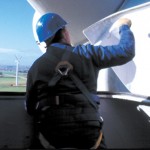 Wind energy is expanding across Europe – currently the continent has over 100 GW of wind energy capacity with levels set to rise as the EU continues on its path to a 20% share of renewable energy by 2020, but the expansion in the number of skilled workers the sector requires is not keeping up.
Wind energy is expanding across Europe – currently the continent has over 100 GW of wind energy capacity with levels set to rise as the EU continues on its path to a 20% share of renewable energy by 2020, but the expansion in the number of skilled workers the sector requires is not keeping up.
TPWind – wind energy’s research and development platform – is set to release new statistics at the European Wind Energy Association’s 2013 Annual Event in Vienna early February revealing just how deep the skills shortage runs today, and is likely to run in the future.
Engineers are in short supply, especially in operations and maintenance, the statistics will show.
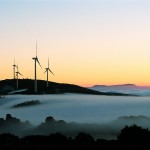 A recent announcement by Bloomberg New Energy Finance (BNEF) that says the costs of onshore wind farm operations and maintenance (O&M) continue to fall rapidly is further proof that the electricity-generating technology is both affordable and dependable.
A recent announcement by Bloomberg New Energy Finance (BNEF) that says the costs of onshore wind farm operations and maintenance (O&M) continue to fall rapidly is further proof that the electricity-generating technology is both affordable and dependable.
The wind energy sector is making significant improvements not just in the capital cost and performance of its turbines, but also in the ongoing cost of operating and maintaining them once installed, the BNEF announcement said, adding the average operations and maintenance costs since 2008 saw a cumulative decrease of 38%, or just over 11% per year. Operation and maintenance costs are only a small part of the overall costs in particular for onshore wind energy.
“Wind power has done much to improve its competitiveness against gas-fired and coal-fired generation in recent years, via lower-cost, more technically advanced turbines, and more sophisticated siting and management of wind farms,” Michael Liebreich, chief executive of Bloomberg New Energy Finance, said in a press release.
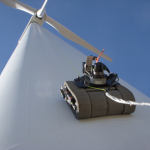 Inspecting wind turbine blades is a time-consuming part of operating a wind farm and not always exact given that many inspections are carried out from the ground. The ability to send robots to the top of these increasingly bigger structures to monitor the blades is clearly attractive and two companies believe they may have found a way to turn this into reality.
Inspecting wind turbine blades is a time-consuming part of operating a wind farm and not always exact given that many inspections are carried out from the ground. The ability to send robots to the top of these increasingly bigger structures to monitor the blades is clearly attractive and two companies believe they may have found a way to turn this into reality.
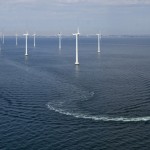 Wind energy opponents who say that producing electricity using the power of the wind is not efficient would do well to take a look at a new graphic published on the Guardian’s data blog using UK Government data. ‘Up in smoke: how energy efficient is electricity produced in the UK?’ shows that thermal sources of electricity – gas, coal, nuclear, waste/biomass, oil and other – lose massive amounts of energy as waste heat, compared to almost 0% for renewables.
Wind energy opponents who say that producing electricity using the power of the wind is not efficient would do well to take a look at a new graphic published on the Guardian’s data blog using UK Government data. ‘Up in smoke: how energy efficient is electricity produced in the UK?’ shows that thermal sources of electricity – gas, coal, nuclear, waste/biomass, oil and other – lose massive amounts of energy as waste heat, compared to almost 0% for renewables.
Gas accounts for 48% of the UK’s electricity supply and, of the 372 Terra-Watt hours of electricity it produces per year, 54% of this is lost as heat. Coal, meanwhile, accounts for 28% producing 297 TWh, loses an even higher proportion – 66%. Nuclear – accounting for 16% of the energy supply with 162 TWh, loses 65% and oil – 3% of the supply with 51 TWh – loses 77%.
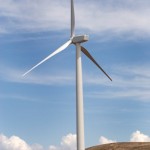 Wind farms in Australia are making an increasingly larger contribution to the nation’s economic performance and should continue doing so in the future, according to a new study commissioned by the Clean Energy Council (CEC).
Wind farms in Australia are making an increasingly larger contribution to the nation’s economic performance and should continue doing so in the future, according to a new study commissioned by the Clean Energy Council (CEC).
The study, conducted by consultants Sinclair Knight Merz, found that a total of €3.4 billion has been invested in Australia as a result of wind power projects and, based on current proposed and approved projects, there is the potential for another €14.3 billion in local investment.
 Wind energy is expanding across Europe – currently the continent has over 100 GW of wind energy capacity with levels set to rise as the EU continues on its path to a 20% share of renewable energy by 2020, but the expansion in the number of skilled workers the sector requires is not keeping up.
Wind energy is expanding across Europe – currently the continent has over 100 GW of wind energy capacity with levels set to rise as the EU continues on its path to a 20% share of renewable energy by 2020, but the expansion in the number of skilled workers the sector requires is not keeping up.






 Comments
Comments



